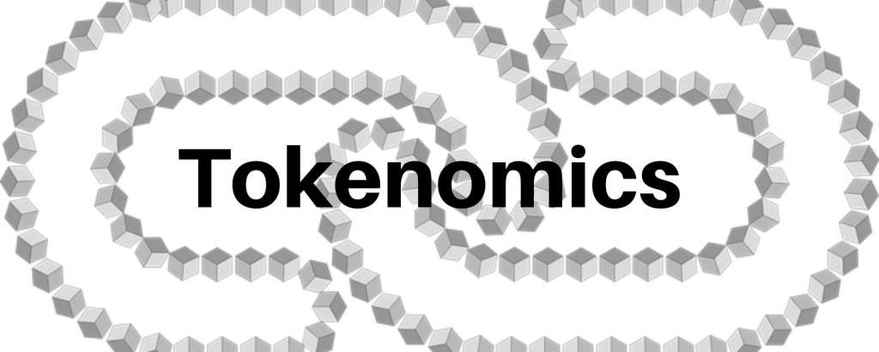Tokenomics - a new science is born

Tokenomics is the study of the economic principles behind a cryptocurrency or digital token. It involves the design, creation, and management of a token with the goal of maximizing its value and sustainability over time. Think of it as a set of rules called “tokenomics” which are included in the code of the token. These rules determine how the token works and can be difficult to change once they are in place. The project's whitepaper explains what the token is for and what its goals are, as well as outlining the tokenomics rules.
Token possible features include:
Medium of exchange (for goods and services)
Unit of account (economic metrics inside the Token Ecosystem)
Store of value ( savings and investments)
>For example, let's say a new cryptocurrency project is created with a total supply of 1 million tokens. The developers may choose to distribute the tokens in a way that rewards early adopters and encourages participation in the project. They may also design the token to have specific use cases within the project's ecosystem, such as being used for transaction fees or for accessing certain features.
To further incentivize holders and users of the token, the developers may offer rewards or bonuses for holding the token for a certain period of time, or for participating in community activities such as voting on proposals. They may also implement mechanisms to regulate the token's supply, such as burning tokens or introducing new tokens into circulation over time.
Just like in traditional stock markets, the underlying fundamentals of a crypto token have an impact on its current price. However, the long-term price of a token is influenced by several other factors that arise from its creation. To ensure that a new token is a viable investment and sustainable in the long run, projects must develop a comprehensive long-term plan. This plan is crucial in understanding a token's potential value, its potential for growth or decline, and its sustainability. Therefore, understanding tokenomics is important for evaluating the potential of a crypto token.
How does tokenomics work?
Tokenomics can be different for each cryptocurrency or digital token, as some may use traditional methods while others create new ones. These new methods have been developed to manage how many tokens are available and how many people want them since Bitcoin first came out in 2009.
Tokenomics takes into account factors such as the total supply of tokens, the rate of their distribution, their intended use cases, "burning" of tokens and the incentives offered to holders and users of the token. These factors are critical in determining the value and sustainability of a token, and can have a significant impact on its price and adoption in the market.
Issuance — How many tokens in total will be issued, the process of creating tokens and if there is a forecasted periodic issuance of new tokens.
Distribution — The parameters around how the tokens will be launched and be distributed in public and private rounds.
Utility — This is the use case and they vary from token to token. A token can have multiple use cases with the most common examples being:
- Currency: Use as a decentralised form of payment
- Rewards: Utilising DeFi protocols and earning native tokens
- Exchange tokens: Such as BNB grants user benefits when using Binance.
Incentives — These are put in place for the miners, validators and holders.
Burning - To "burn" tokens means to reduce supply and boost demand
Considerations when analyzing a token.
All areas of a token’s tokenomics should be considered when you are looking to invest. These key areas play a crucial part in the future success of the token.
Token Supply - the total supply.
Market Capitalization - number of tokens in circulation
Token Model - inflationary or deflationary
Use Cases - farming, staking or used as fees in the projects marketplace to name a few.
Ownership - sustainable distribution to digital wallets.
Token Distribution - balanced token allocation distribution between teams and investors.
Vesting - the time frame to release tokens to ensure sustainability
In-Game Economy - pay to play & staking are some examples of in game economy.
As you can see there are many moving parts when it comes to tokenomics, and nearly all tokens have their own set of rules which ultimately decide upon their current and potential value.
As a result, there isn’t one particular formula that works every time, as many factors need to be taken into account, with the team behind the project playing a key role in the token’s success.
It can definitely take some time to understand tokenomics. However, with the world changing dramatically due to Blockchain technology, we will see more organizations utilize models such as DAO’s (Decentralized Autonomous Organizations)
Tokenomics is the road map, the ecosystems of these DAO’s whereby we own, use and drive it.
